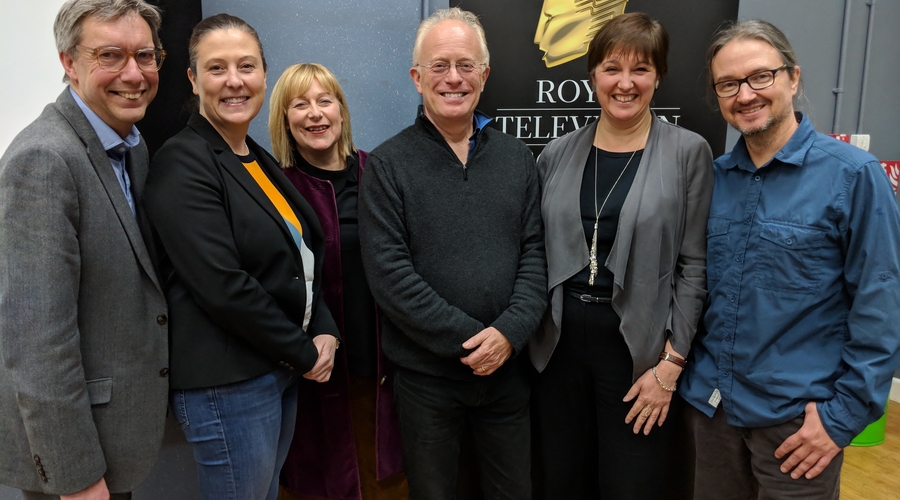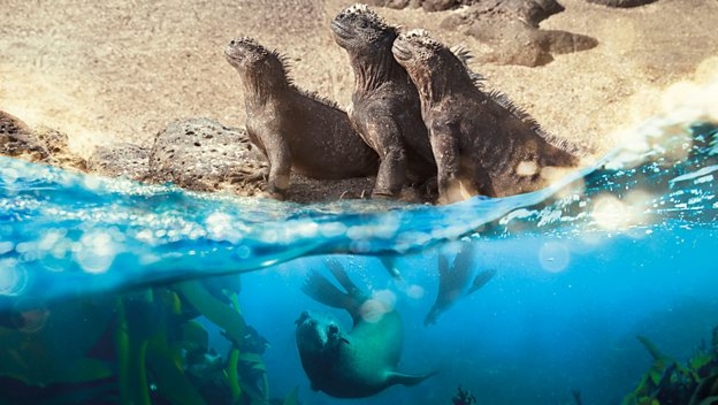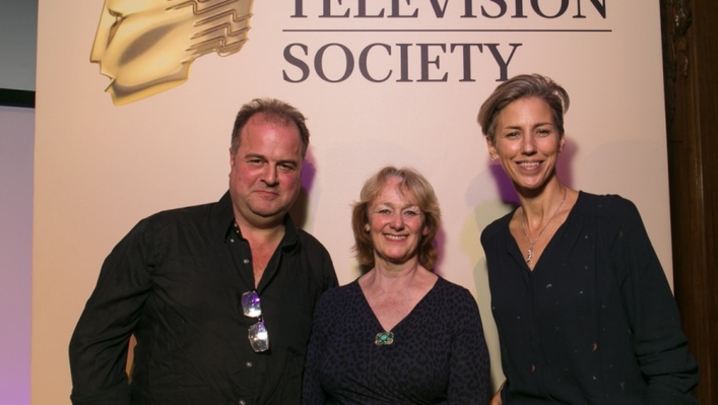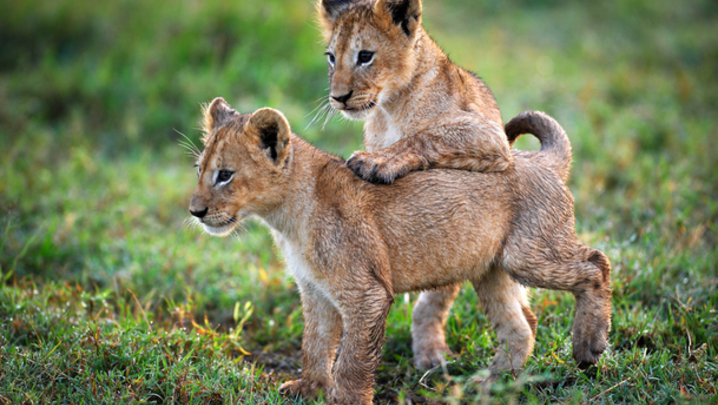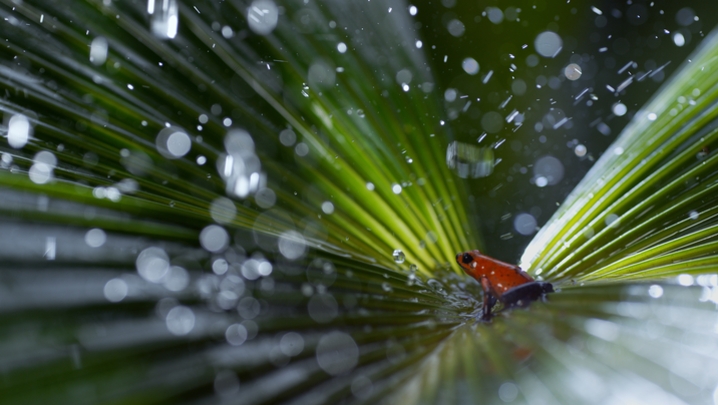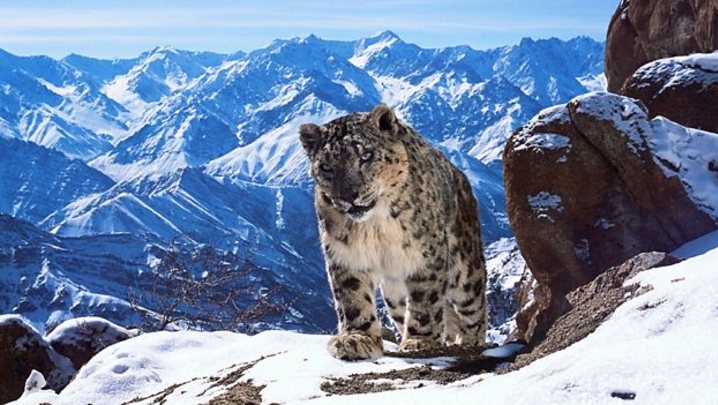New camera technology was the secret of Planet Earth II’s immersive storytelling, allowing viewers to make an emotional connection with the natural world, Mike Gunton told a packed RTS East event in mid-October.
The creative director of the BBC’s Natural History Unit spoke about the challenges of making the series to an audience of 120 RTS East members, creative professionals and students at the event hosted by Norwich University of the Arts.
Working on Planet Earth II, alongside David Attenborough, was the pinnacle of Gunton’s 30-year, 250-film career in wildlife film-making. He discussed the continual challenge of coming up with something “bigger, more ambitious, riskier” each time.
Gunton argued that Planet Earth II had transformed natural history production by using new miniature cameras, specialist supports and drones to show the world from the animals’ point of view, rather than just observing from afar.
The thrilling life-and-death scene when a young iguana escapes near-certain death in an encounter with a nest of racer snakes has been viewed by more than 1.5 billion people. “This made a connection with the audience in an extraordinary, visceral way,” Gunton said. “If you can get the entire country to care about whether a tiny reptile escapes, you’re making a connection.”
Yet only five years ago it was not possible to film scenes in this way and Gunton explained the crucial role of new technology in transforming the way wildlife series are created. Small cameras on MoVI gyro-stabilised supports allowed Planet Earth II camera operators to run alongside and capture the ordeal as the iguana experienced it. The same technology put the viewer into the centre of a swarm of a billion locusts, providing an “extraordinary sense of what it’s like to be inside that world”.
Remote solar-powered motion-activated cameras enabled Gunton’s team to capture intimate images of a creature so elusive it had evaded David Attenborough throughout his long career. For the first time, Planet Earth II was able to film the rare and solitary snow leopard in the Himalayas.
“These are the stories you can’t see with your own eyes. It’s only possible with the power of the lens and new technological solutions which reveal those stories,” said Gunton, who suggested that the snow leopards’ socialising habit of tagging isolated rocks with urine and scent is a “weird big cat cross between Tinder and Facebook”.
The BBC’s research finds that natural history “makes people happy” and motivates them to change the world around them. High-quality natural history series such as Planet Earth II are crucial to attract a younger audience away from the smartphone screen to enjoy a powerful shared experience, argued Gunton. “Planet Earth II went against X Factor, appealing to the same audience, and crushed it.”

